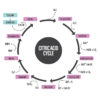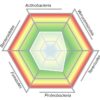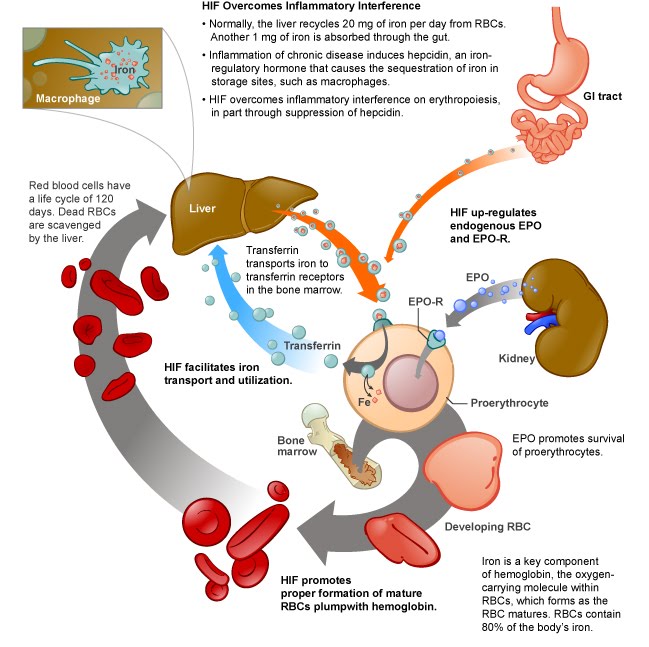Anemia Panel B
$115.00
CPT: 82607; 82728; 82746; 83540; 83550; 85025; 85045, 84466
Tests included in this Anemia Panel are as follows:
- Complete Blood Count (CBC) with Differential and Platelet Count: This test is used to determine the number and types of cells in the blood. It’s useful in diagnosing various forms of anemia and can provide information about the size (microcytic, normocytic, or macrocytic) and color (hypochromic, normochromic) of the red blood cells, which can help narrow down the potential cause of anemia.
- Folates (Folic Acid): Folate deficiency can lead to macrocytic anemia. This test measures the level of folate in the blood.
- Reticulocyte Count: Reticulocytes are young red blood cells. An elevated reticulocyte count indicates that the bone marrow is working harder to produce more red blood cells, which can occur in conditions like hemolytic anemia or after blood loss. A low count can indicate that the bone marrow isn’t producing red blood cells effectively, which can occur in aplastic anemia or due to a deficiency of essential nutrients like iron, vitamin B12, or folate.
- Vitamin B12: Like folate, vitamin B12 is necessary for the production of healthy red blood cells. Deficiency can lead to macrocytic anemia.
- Ferritin is a measure of the body’s iron stores. Low levels typically indicate iron deficiency, while high levels may suggest iron overload or inflammation, as ferritin is also an acute phase reactant and can be elevated in inflammatory conditions.
- TIBC is an indirect measure of the transferrin available in the body. Transferrin is a protein that binds to iron and transports it in the blood. TIBC tends to increase when the body’s iron stores are low (as in iron deficiency anemia) and decrease when iron stores are high.
- Transferrin saturation is the ratio of serum iron to TIBC, expressed as a percentage. This represents the proportion of the iron transport capacity that is being utilized. Low transferrin saturation may indicate iron deficiency, while high saturation may suggest iron overload.
Transferrin saturation, ferritin, and Total Iron Binding Capacity (TIBC) all provide different but related information about the body’s iron status.
Each of these tests can provide valuable information, but they are not always interchangeable. For example, ferritin can be elevated in conditions of inflammation even if the body’s iron stores are not actually high, which could potentially lead to a misdiagnosis of iron overload if ferritin was the only test used. Similarly, transferrin saturation can provide information about the body’s current use of its iron transport capacity that is not provided by ferritin or TIBC alone.
Patients should be advised to stop taking biotin supplements at least 72 hours prior to the test. In addition, some tests may require fasting (typically for 8-12 hours) prior to the sample collection. It’s always best to consult with the healthcare provider or laboratory about specific preparation instructions for each test.



